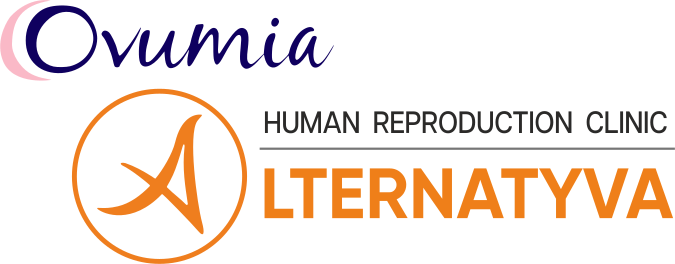Fresh embryo transfer
A fresh embryo transfer typically occurs 5 days after the eggs are retrieved from the patient. The eggs are fertilized with sperm in the laboratory, and the resulting embryo is closely monitored as it develops. The main advantage of a fresh embryo transfer is the shorter time to conception, with only a 5-day waiting period between egg retrieval and embryo transfer into the uterus.
Additionally, some patients opt for fresh transfers because many insurance companies do not cover the cost of cryopreservation.
However, there are some contraindications for fresh transfers. If a patient’s progesterone level is elevated, a fresh transfer should not be performed, as it could negatively impact embryo implantation. Similarly, if a patient is at risk of hyperstimulation from the medications used to induce egg maturation, a fresh transfer could be dangerous for the patient.
EURO
Includes:
- Consultations of the reproductive specialist
- Stimulation protocol creation
- Embryo transfer
- Patient coordination and medical support from the first contact and up to 12 week of pregnancy
Fresh Embryo Transfer (FET) is one of the key stages of in vitro fertilization (IVF), involving the transfer of embryos into the woman’s uterus immediately after their cultivation in the laboratory, without freezing. This method has its own specific features, advantages, and considerations that are important to take into account in order to achieve a successful outcome.
Overview of the embryo transfer procedure
FET is a procedure in which embryos, obtained through fertilization of eggs in the laboratory, are transferred into the woman’s uterus 3–5 days after follicle aspiration. Unlike cryopreserved (frozen) embryo transfer, a fresh cycle does not involve freezing the embryos, allowing the procedure to be completed within a single menstrual cycle.
The process includes several stages:
- Ovarian stimulation. Hormonal medications are prescribed to stimulate the growth of follicles containing the eggs.
- Follicle aspiration. Eggs are retrieved from the ovaries using a thin needle under ultrasound guidance.
- Fertilization. In the laboratory, the eggs are combined with sperm (using either the standard method or ICSI).
- Embryo cultivation. The embryos develop in specialized conditions for 3 to 5 days.
- Transfer. The highest-quality embryo is transferred into the uterus using a thin catheter.
A fresh cycle is typically used when the condition of the endometrium and the woman’s hormonal profile are favorable for implantation immediately after stimulation.
Fresh embryo transfer has several advantages that make it a popular choice in IVF programs:
- Minimization of waiting time. Unlike cryocycles, where additional time is needed to prepare the endometrium after freezing the embryos, a fresh cycle allows the transfer to be completed within a single menstrual cycle. This is especially important for couples who wish to achieve pregnancy as quickly as possible.
- Optimization of the natural cycle. Since the endometrium is prepared naturally during ovarian stimulation, it may be more favorable for implantation in some women during a fresh cycle.
Additionally, a fresh cycle can be more cost-effective, as it does not require additional expenses for cryopreservation and embryo storage.
Indications for FET
Fresh embryo transfer is recommended in the following cases:
- The absence of contraindications to the procedure, such as ovarian hyperstimulation syndrome (OHSS).
- A favorable state of the endometrium after stimulation.
- High-quality embryos obtained in the laboratory.
- The couple’s desire to avoid embryo freezing for personal or medical reasons.
FET at the Reproductive Medicine Clinic Alternatyva
Fresh embryo transfer is an effective method in IVF programs that allows for rapid pregnancy achievement under favorable conditions. However, the success of the procedure depends on many factors, including the quality of the embryos, the state of the endometrium, and individual characteristics of the body. A qualified reproductive specialist at the Alternatyva clinic will help assess all risks and choose the optimal strategy for each couple. Your dream of becoming parents may be closer than you think. Don’t hesitate, schedule a consultation today.
Virtual consultation
After you will fill our form, our coordinator and doctor will contact you via video call and you will discuss with team your treatment plan and all questions.
Also together we will choose the best type of program for you.Examinations before the program
You will need to do examinations that doctor recommended at first consultation. After all examinations will be done, doctor will confirm treatment plan and dates for your program
Monitoring scans
You will have stimulation protocol dusting what you should do US scans and send our coordinator. Doctor will check them and will confirm dates of program.
This scans can be done at home or in your clinic.IVF program with Embryo Transfer
According to type of your program in this stage you will have Embryo Transfer. During this procedures you will be under doctor control in your clinic.
Pregnancy test
14 days after Embryo Transfer you should do HCG test. After results you will have short consultation where you will discuss next steps.

